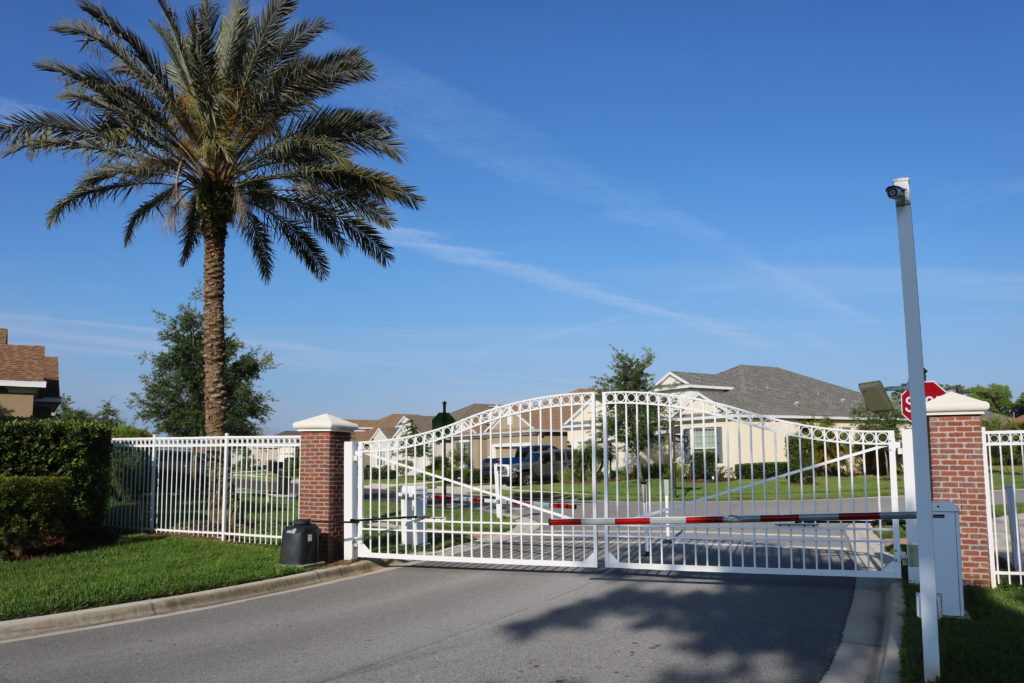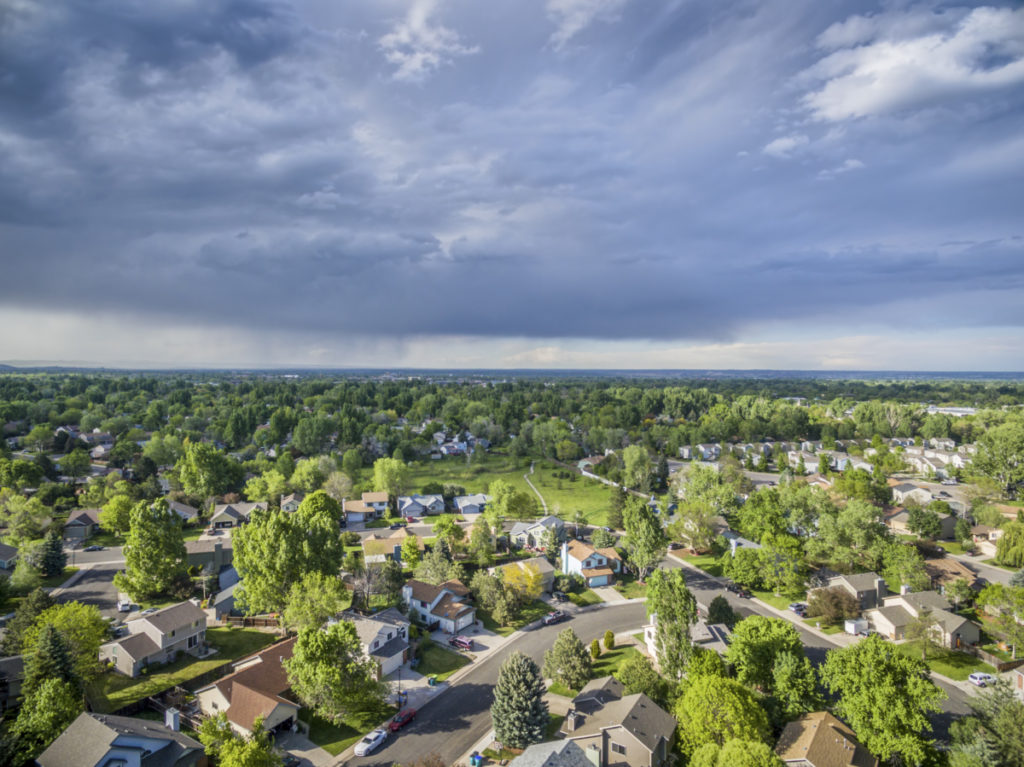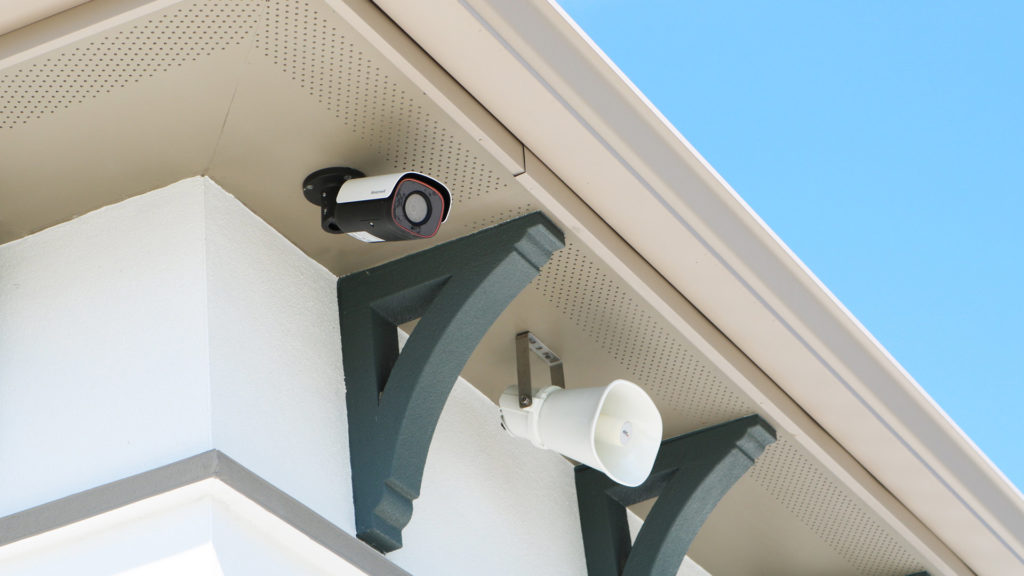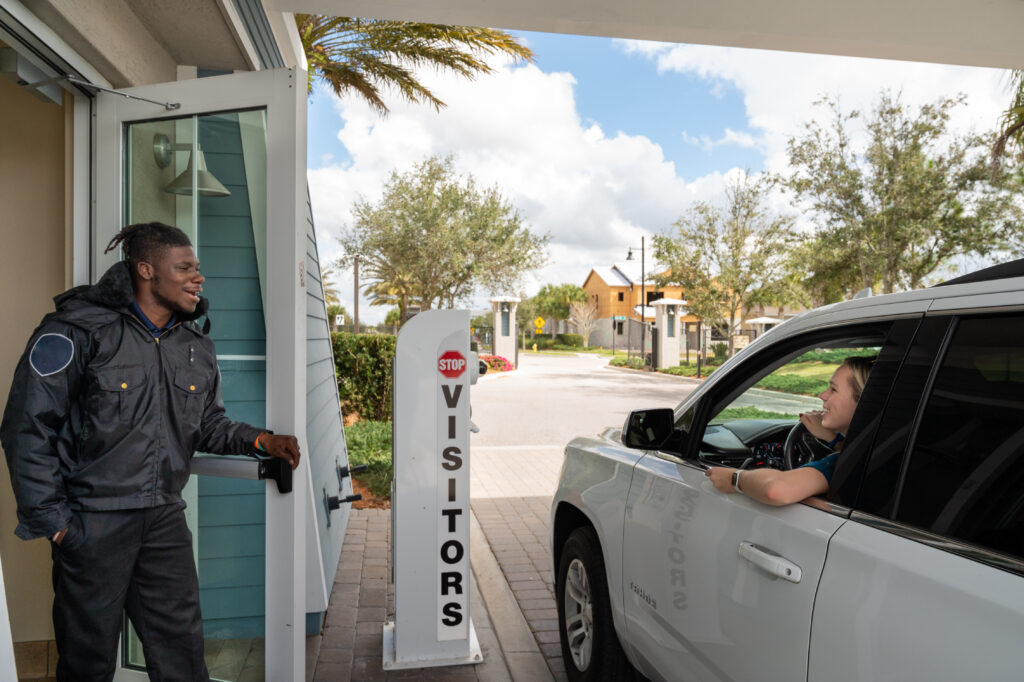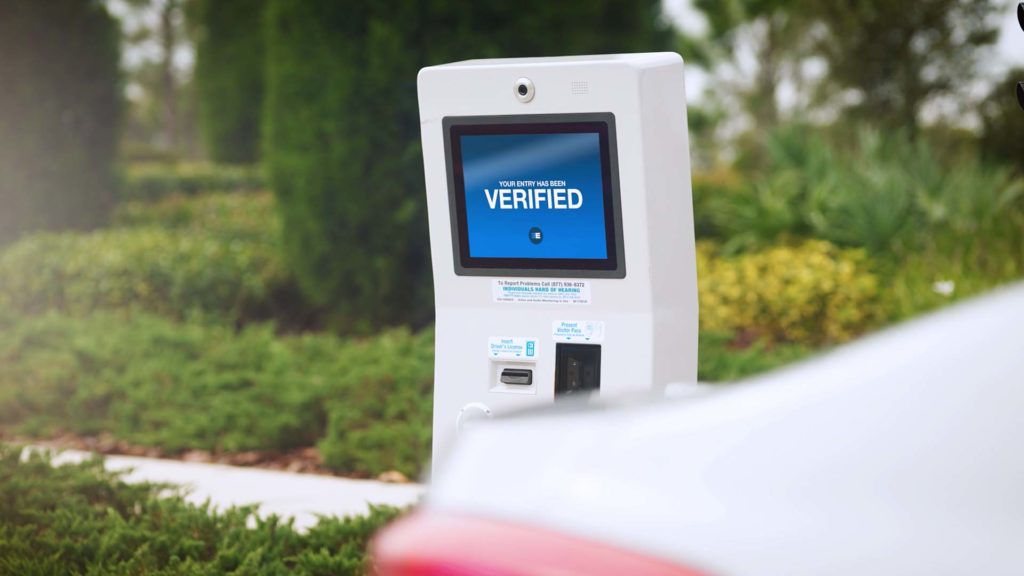
It’s no secret that technology is a part of everyday life. You probably stop to get coffee on your way to work or as a part of your morning routine, but you don’t actually need cash or a credit card to make the purchase. Grocery stores have the ability to know all of the items in your cart and the total cost without a cashier scanning a single thing (preparing you for future shopping experiences). Even if you don’t leave your home or community for the day, you’re surrounded. Sounding scary? Not so much. Many advancements are actually improving the safety and security of individual homes and units as well as entire associations that utilize technology-based systems.
Generally, one of the first barriers that protects a single home or unit is a lock. That does not mean every resident, tenant, or person with access needs a key anymore though. Instead of making copies, a smart lock gives the owner the ability to establish a code or multiple codes that unlock the door. Even more secure is the function to limit when certain codes can be used. For example, if a cleaning service can only come between 9:00 A.M. and NOON, you can set the service provider’s code to only work during those times. Wondering if you forgot to lock that door while you are lying in bed? Simply checking your phone will let you know and give you the option to lock it without getting up.
Improvements to community access control systems can include similar features, allowing an association to protect and lock down amenities. With a browser-based system, communities can decide that the pool gates should lock automatically at 6:00 P.M.. Without physically sending a person to do so, the gate will lock and reopen when scheduled. Access can also be restricted to certain individuals who may have broken community rules, be behind on dues, etc. Again, this is accomplished without physically taking a credential from the person. Similarly, access can be cut off for residents or tenants moving out of the community, ensuring that they cannot re-enter without authorization or share any credentials.
It’s certainly not uncommon to see smart doorbells on the outside of homes today as well. When motion is detected, users can be notified on a mobile device, giving them the ability to see what is happening and even speak with people who may be in their entryway. From keeping track of package deliveries to making sure a child gets dropped off at home, this technology has completely changed the way people deter criminal activity, monitor what is happening outside of their home, and respond to questionable behavior.
What about unit owners without a doorbell? While many condominium buildings do not have a place for smart doorbells in front of the units, smart cameras are comparable. Julie Kraft owns a condo in Clearwater, Florida, that serves as second home. Just inside her unit is a smart camera that faces the front door and sends her an alert if anyone opens the door and enters. “I suspected people were going in and out, and I felt violated. People know I’m not there all of the time,” she says. Since she added the smart cameras, she hasn’t had any problems. “Now they know I watch it, and nobody is inclined to go into our unit when we’re not there. It alerts people that we’re monitoring it and gives me peace of mind.”
Cameras serve as an initial form of deterrence for community amenities as well. However, amenities like pools, sports courts, and clubhouses require more advanced systems and smarter cameras to prevent trespassing and vandalism, as well as respond to those incidents. These community assets can employ smart cameras with artificial intelligence to actively monitor an area after hours. If anyone enters the area when it’s closed, a signal is sent to a remote person or monitoring center. When these smart cameras are combined with two-way technology, a person can speak with trespassers in real-time to effectively address the incident and thwart additional criminal behavior.
Even with so many different types of technology around all aspects of our lives, new systems, or just the thought of more, can seem intimidating. Kraft adds, “Sometimes people are hesitant because they don’t understand it.” Part of the misconceptions may stem from a mindset that technology is complicated, but it doesn’t have to be. For homeowners, “There are systems out there that are so simple, and that’s one of the things I love about them. If you can install an app on your phone, you can figure it out,” Kraft says.
While systems for community areas, amenities, and assets may require more elaborate designs than individual homes, providers in the industry are trained to utilize the technology that best fits each association’s needs. Plus, employing a security partner ensures the community has an expert on the technology, how to use it, and when it is time to improve a system. This can greatly help to ease hesitations about technological methods and provide an opportunity to learn more about them and the benefits as technology continues to become more prevalent.
You can read the complete issue and original article here: FLCAJ – April
You can also download the article here.

